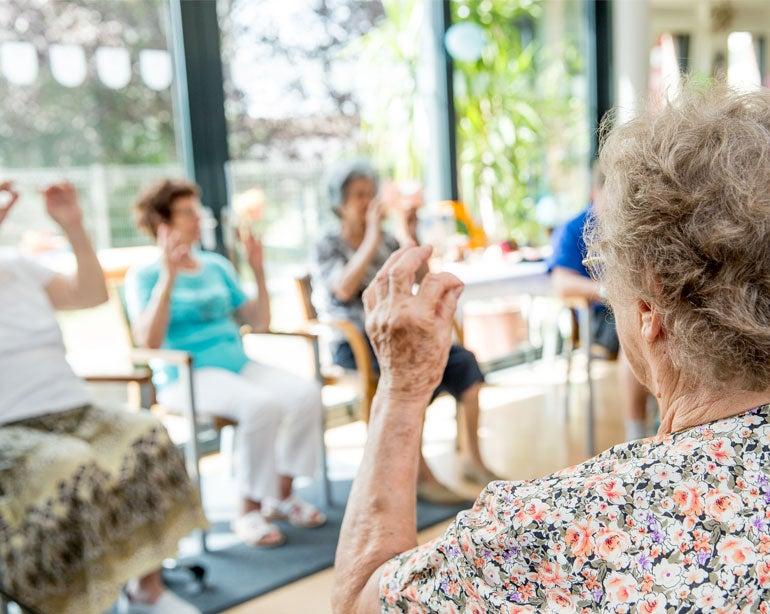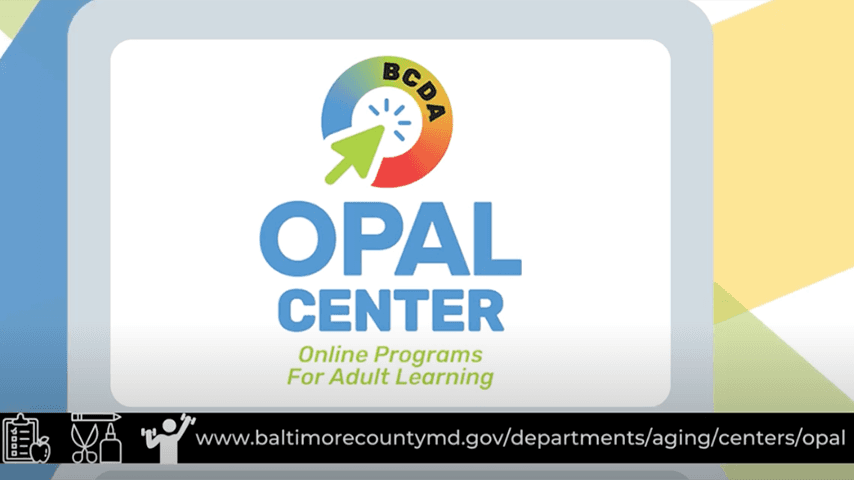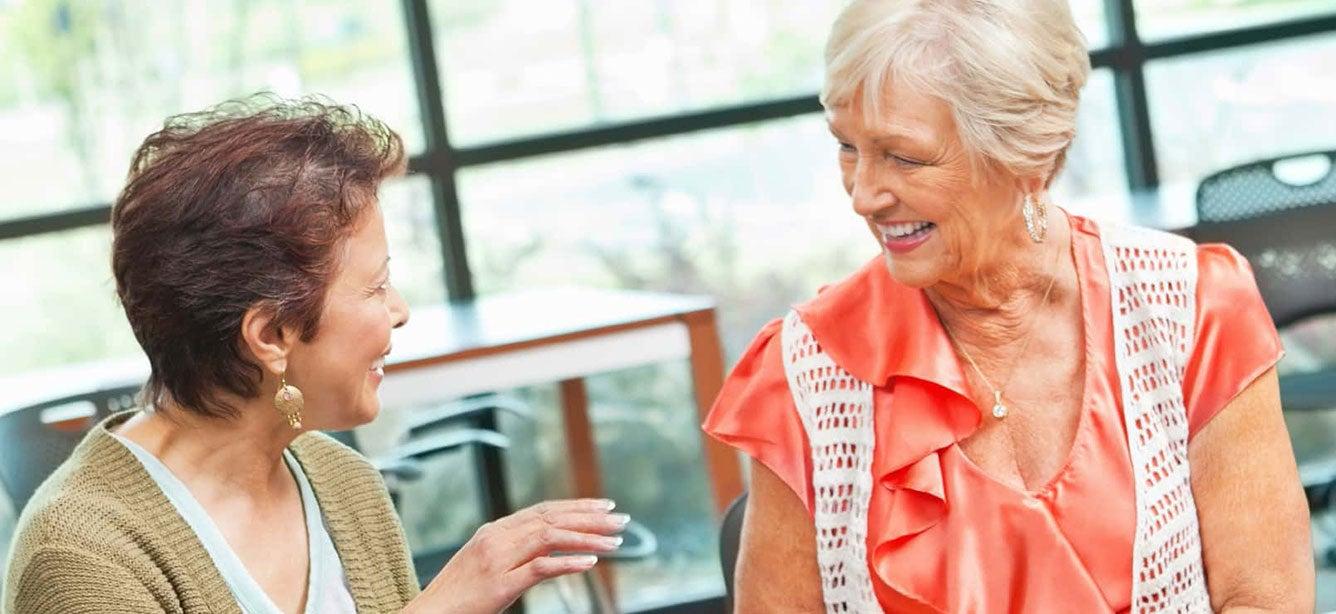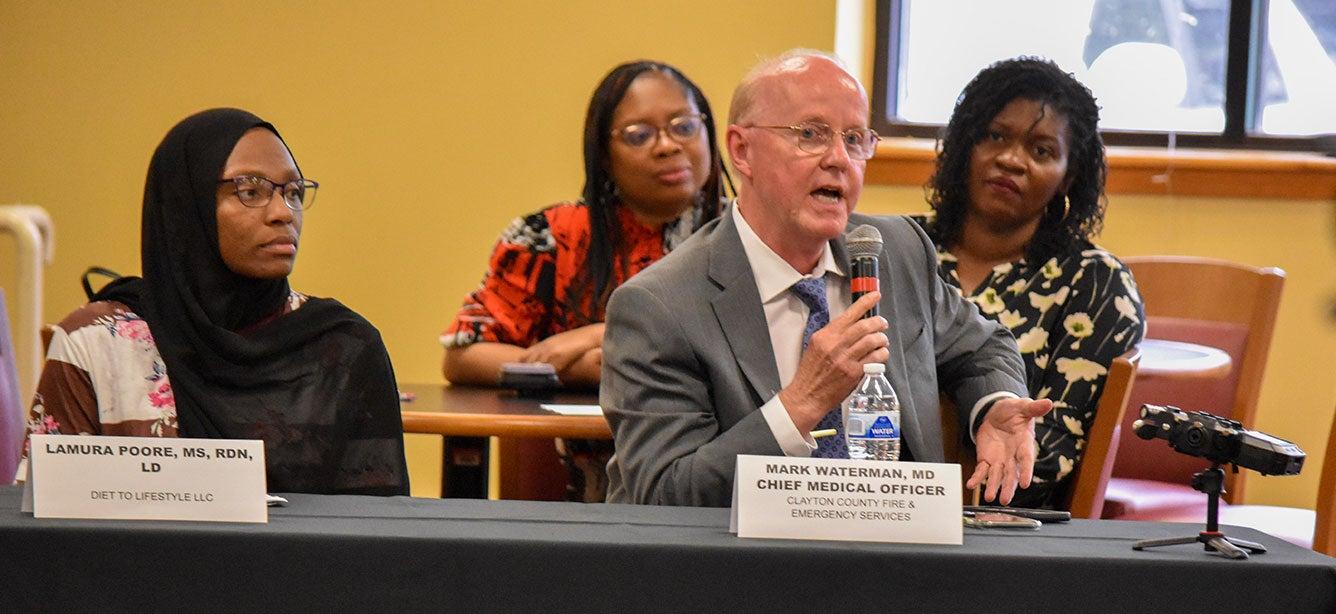Boosting Physical Activity among Older Adults: Strategies for Senior Centers
6 min read
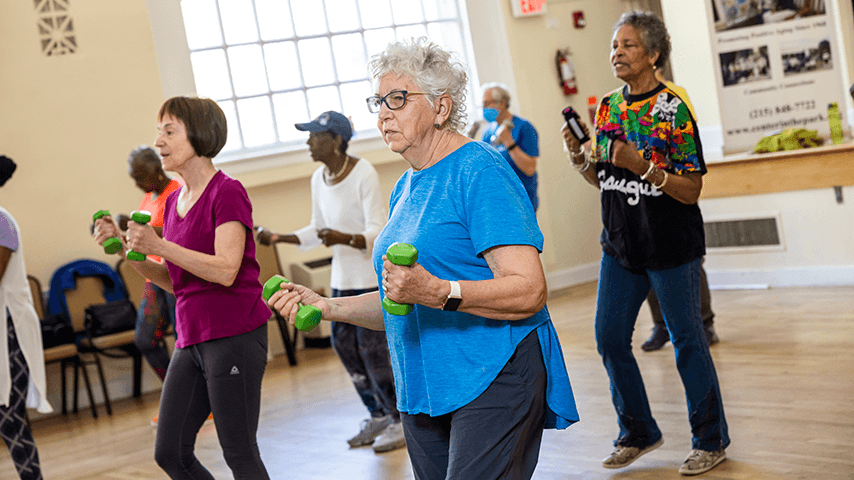
Related Topics
Physical activity is essential for everyone. And some of the benefits particularly helpful for adults 65 and older: helping to prevent and manage chronic disease, falls, and cognitive decline, and maintaining the ability to continue performing activities of daily living.
Although fewer than 15% of adults age 65+ currently meet the recommendations for physical activity, participation has been rising in this age group over the past few decades.1 Senior centers can capitalize on this positive trend by implementing creative and enjoyable programs that cater to the diverse needs of this age group.
Why is physical activity important for older adults?
Physical activity contributes to a longer and healthier life. It helps manage and prevent chronic diseases such as type 2 diabetes, cardiovascular disease, and even some cancers. Engaging in physical activity can delay the onset of dementia, improve mental health, and fosters friendships, reducing social isolation. Physical activity also makes it easier to perform daily tasks and helps reduce the risk of falls. It is also associated with a lower risk of death from all causes and a better quality of life.
Physical Activity Guidelines for Older Adults
To achieve these benefits, adults age 65+ can follow the Physical Activity Guidelines for Americans2 which recommend:
- Move more and sit less. Even small amounts of activity provide health benefits.
- Participate in at least 150 minutes of moderate-intensity aerobic activity. If vigorous-intensity aerobic activities are preferred, aim for 75 minutes. Examples of aerobic activities include walking, swimming, aerobics classes (i.e., water aerobics, step classes). Older adults can use a talk test as a simple way to measure intensity levels.
- Complete activities or exercises that strengthen all major muscle groups on at least two days per week. Muscle-strengthening activities include lifting weights, using resistance bands, doing body weight exercises like wall push-ups, and even everyday tasks such as carrying groceries and doing yardwork.
- Mix in activities to improve your balance. Try activities that mix aerobic, muscle-strengthening, and balance activities—like dancing, sports, or tai chi—to help keep your body strong and lower your risk of falls.
Most older adults have at least one chronic condition that may affect their ability to adhere to the physical activity guidelines. So, it is important to encourage older adults with chronic conditions to learn how their condition may affect their ability to perform activities safely. Doing so can help older adults remain as active as their condition allows, even if they cannot meet the minimum guidelines.
Barriers to physical activity for older adults
Although long-term health benefits can be motivating to some, older adults identify physical health as a common barrier to engaging in physical activities. Conditions such as arthritis, type 2 diabetes, and dementia can make physical activity painful, challenging, or impose physical or cognitive limitations. Many older adults fear falling, even in the absence of balance issues.
These concerns and others, such as cost and lack of accessible facilities, are documented in the Physical Activity Guidelines for Americans Midcourse Report: Implementation Strategies for Older Adults (Midcourse Report), which offers potential solutions to these challenges.1
8 tips for senior centers to boost physical activity
The Midcourse Report also highlights strategies that can be used in community settings, such as senior centers, to boost physical activity among older adults. Professionals within these settings are uniquely positioned to provide safe, affordable programs that engage diverse participants.
Newington Senior and Disabled Center, a National Institute of Senior Centers affiliate member, is highlighted in the report as an example of quality programming for older adults. Their key to success? Focus on fun.
We offer social fitness programs like Wii bowling, cornhole, and pickleball to engage people—and we are working on an evidence-based Bingocize program, which combines the ever-popular bingo with exercise.” --Jaime Trevethan, Director of Newington Senior and Disabled Center
Program directors can follow the example set by Newington by using the following strategies:
- Communicate the benefits of physical activity—The Move Your Way® campaign has resources like fact sheets, posters, and social media messages to help older adults learn the benefits of physical activity and find activities that work for them.3 Older adults can also use interactive tools like the Move Your Way® activity planner to set goals, plan activities, and stay motivated.
- Recognize different abilities and interests—Offer a range of programs, from high intensity circuit training and cycling classes to water aerobics and chair yoga, ensuring older adults of all abilities have options.
- Provide opportunities that are fun and social—Enjoyment is a strong motivator. While some love traditional exercise classes, others might prefer sports or line dancing. Creative programming, like gardening or walking clubs, can help those who may be intimidated by more vigorous programming.
- Address fears of health challenges and falls—Older adults may feel more comfortable and confident staying active when they’ve received guidance from a health professional. Offer health screenings, balance assessments, or seminars on safe exercise for managing conditions. Programs like Walk with a Doc can be a great way for older adults to get their health questions answered, stay active, and build social connections at the same time.
- Adopt evidence-based programs—Implement turnkey models such as Walk with Ease (arthritis management) or A Matter of Balance (falls prevention) which often have better outcomes and can improve confidence as older adults learn to safely exercise while managing their condition.
- Provide virtual options —Promote online programs or offer virtual sessions with certified fitness professionals for those unable to travel or who feel more comfortable exercising in their home. Consider offering technology resources for older adults who may not be tech-savvy but are open to attending virtual classes.
- Hire qualified instructors—Even with a variety of programs, individuals enrolled will still have unique needs. Hire certified fitness professionals and recreation therapists who know how to adapt activities for chronic conditions and physical or cognitive limitations.
- Display realistic promotional materials—Use images to reflect older adults in your community.
More ways senior centers can get started
Senior centers wanting to offer more physical activity programming can begin by consulting with older community members for input. Introducing even a few age-friendly physical activity programs can have a significant impact, especially when tailored to the needs of the people in your community.
By adopting these strategies, senior centers can help foster more active, healthy, and fulfilling lives for older adults. For more tips and recommendations on how to implement physical activity programing for older adults, check out the Midcourse Report.
Sources
1. U.S. Department of Health and Human Services, Office of Disease Prevention and Health Promotion. Physical Activity Guidelines for Americans Midcourse Report: Implementation Strategies for Older Adults. 2023. Found on the internet at https://health.gov/our-work/nutrition-physical-activity/physical-activity-guidelines/current-guidelines/midcourse-report
2. U.S. Department of Health and Human Services, Office of Disease Prevention and Health Promotion. Physical Activity Guidelines for Americans, 2nd edition. 2018. Found on the internet at https://health.gov/sites/default/files/2019-09/Physical_Activity_Guidelines_2nd_edition.pdf
3. U.S. Department of Health and Human Services, Office of Disease Prevention and Health Promotion. Move Your Way®: Materials for Older Adults. Found on the internet at https://health.gov/our-work/nutrition-physical-activity/move-your-way-community-resources/campaign-materials/materials-older-adults

